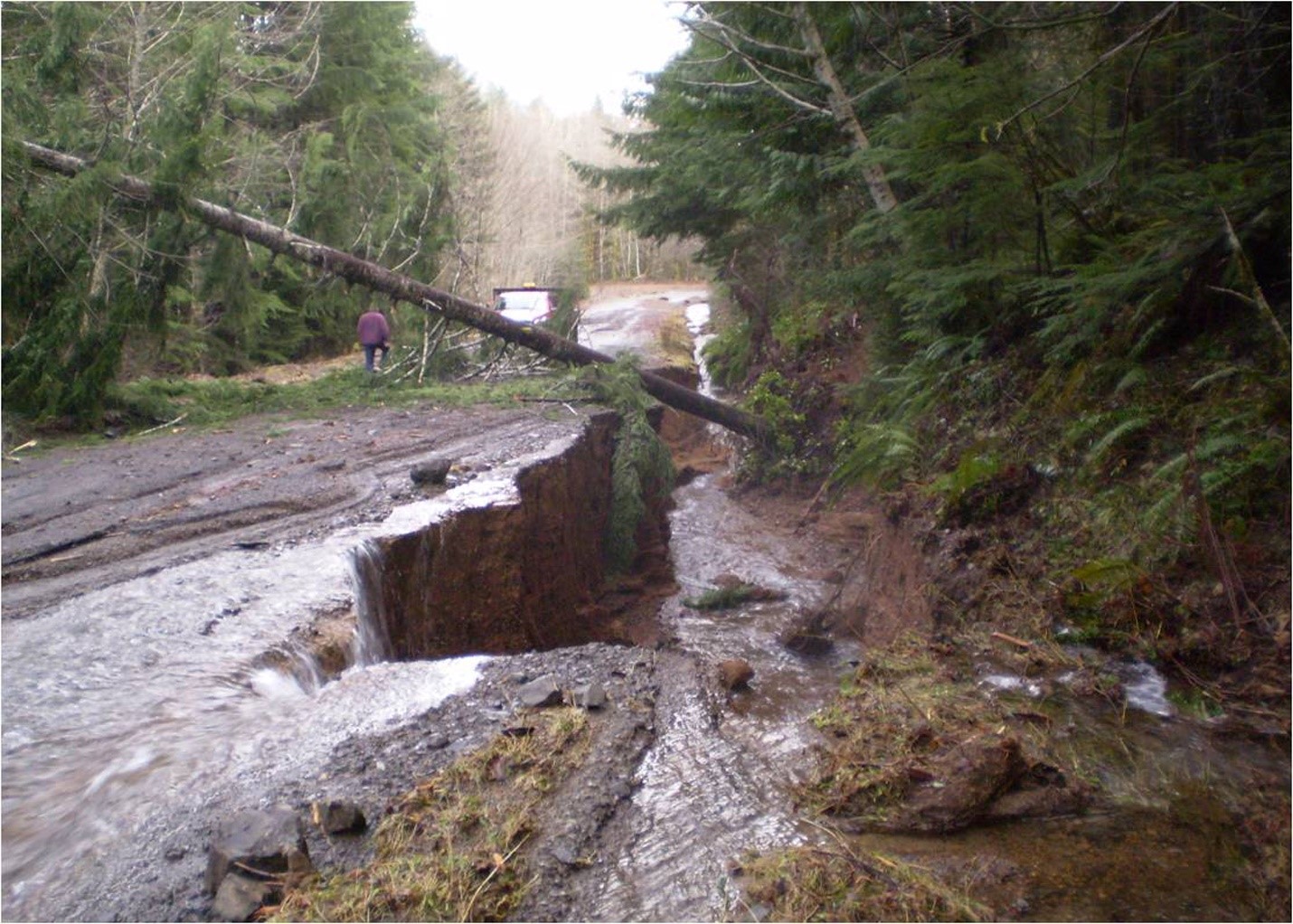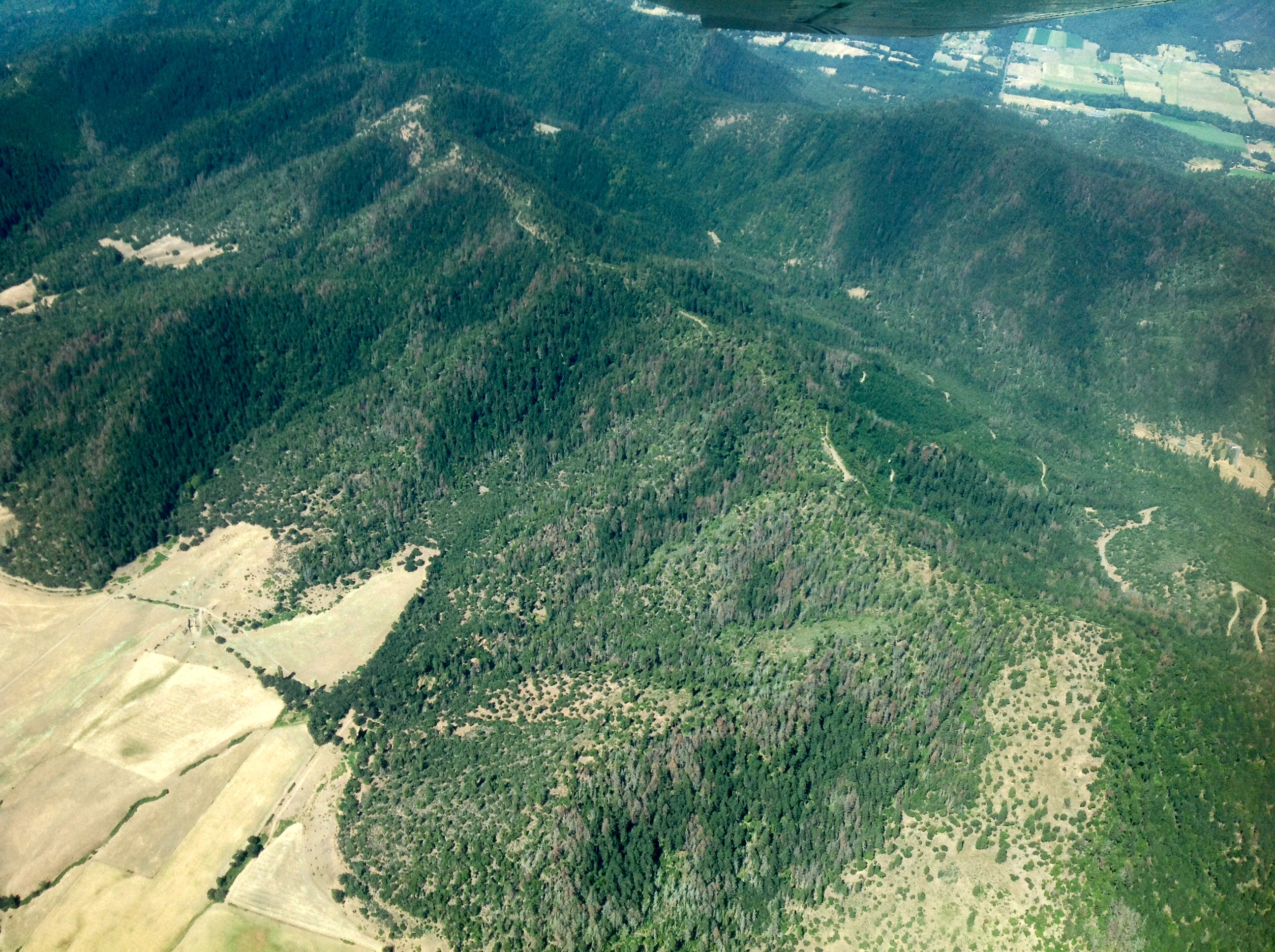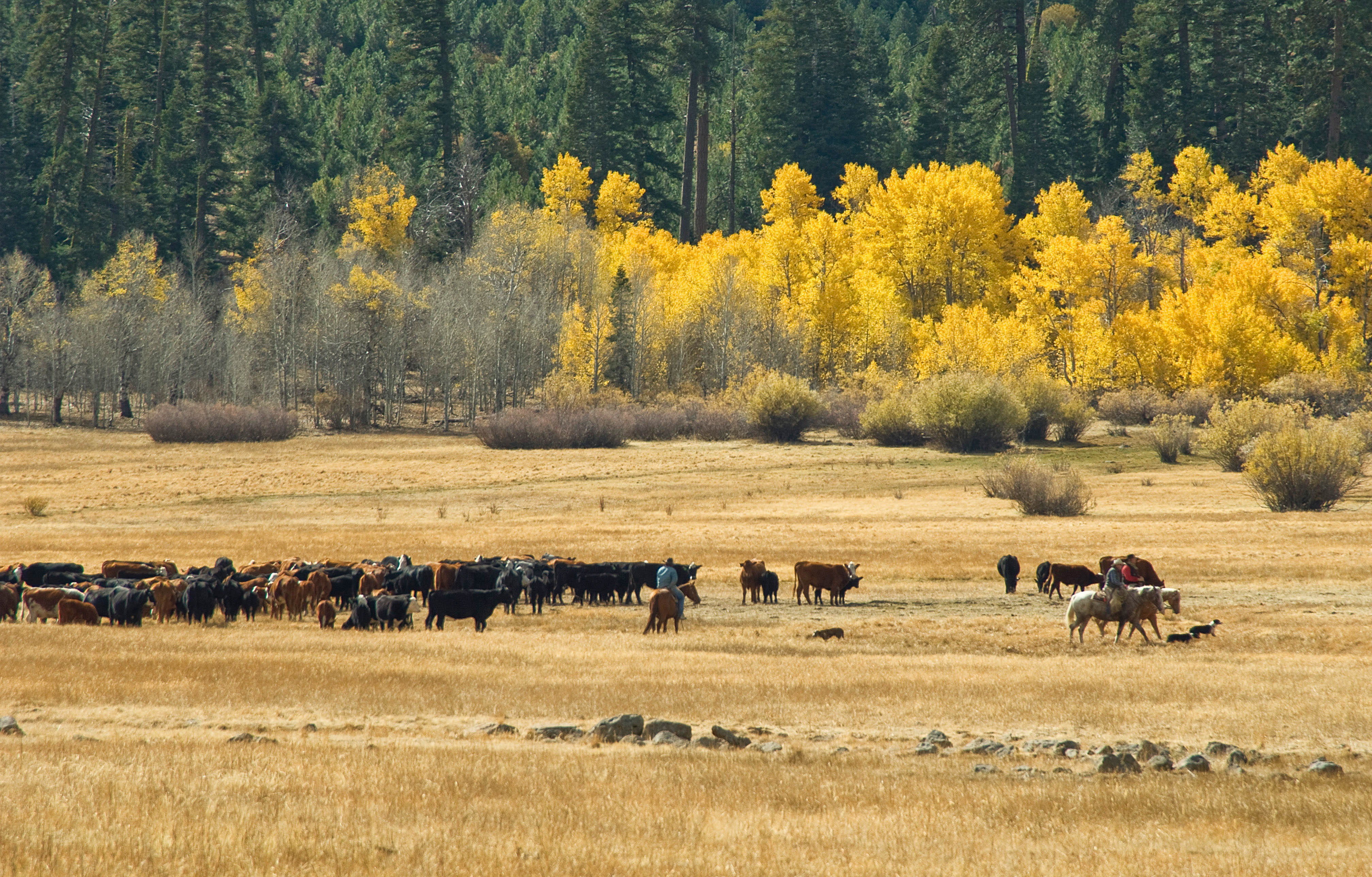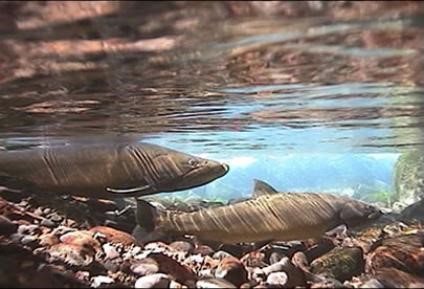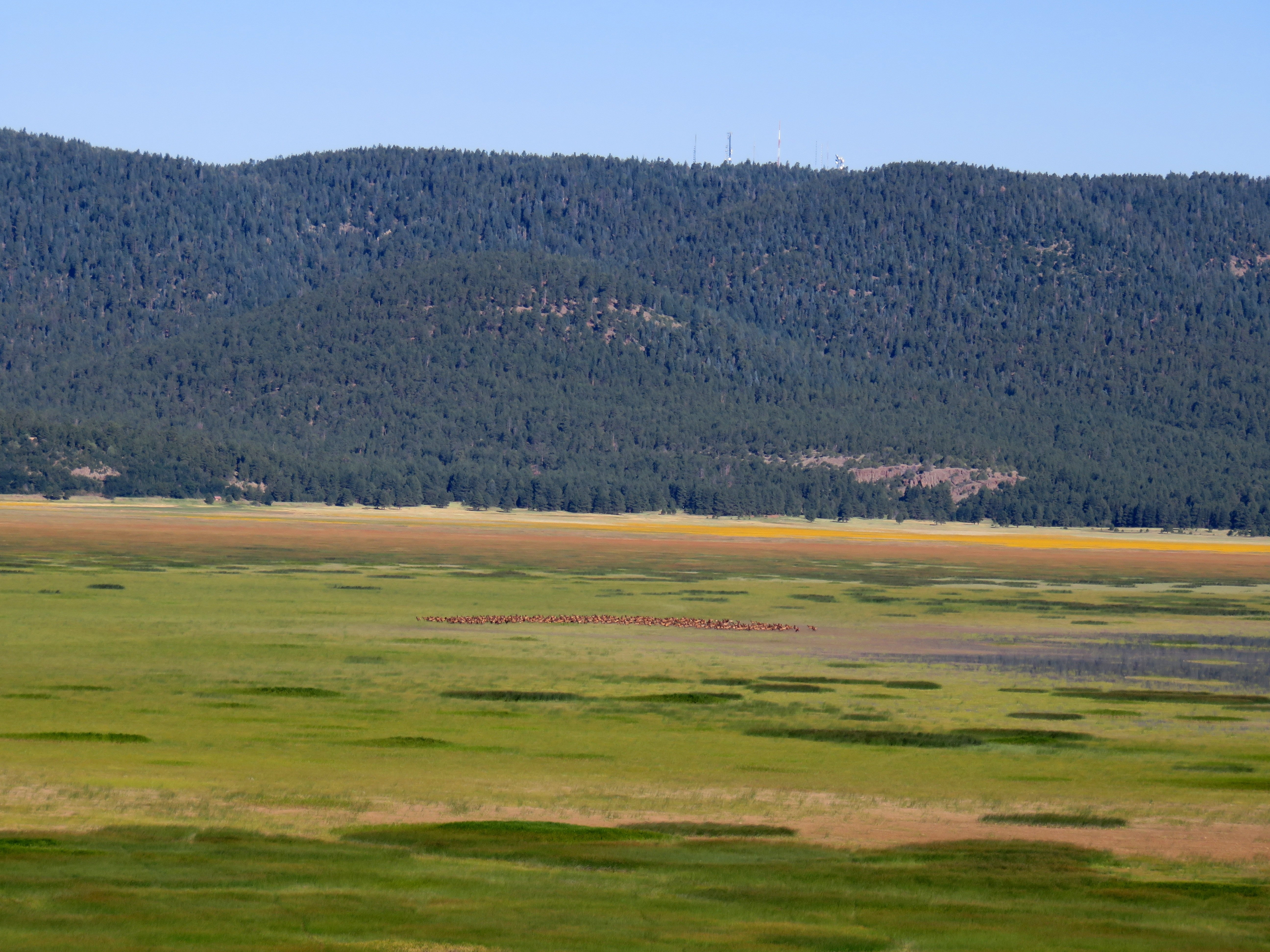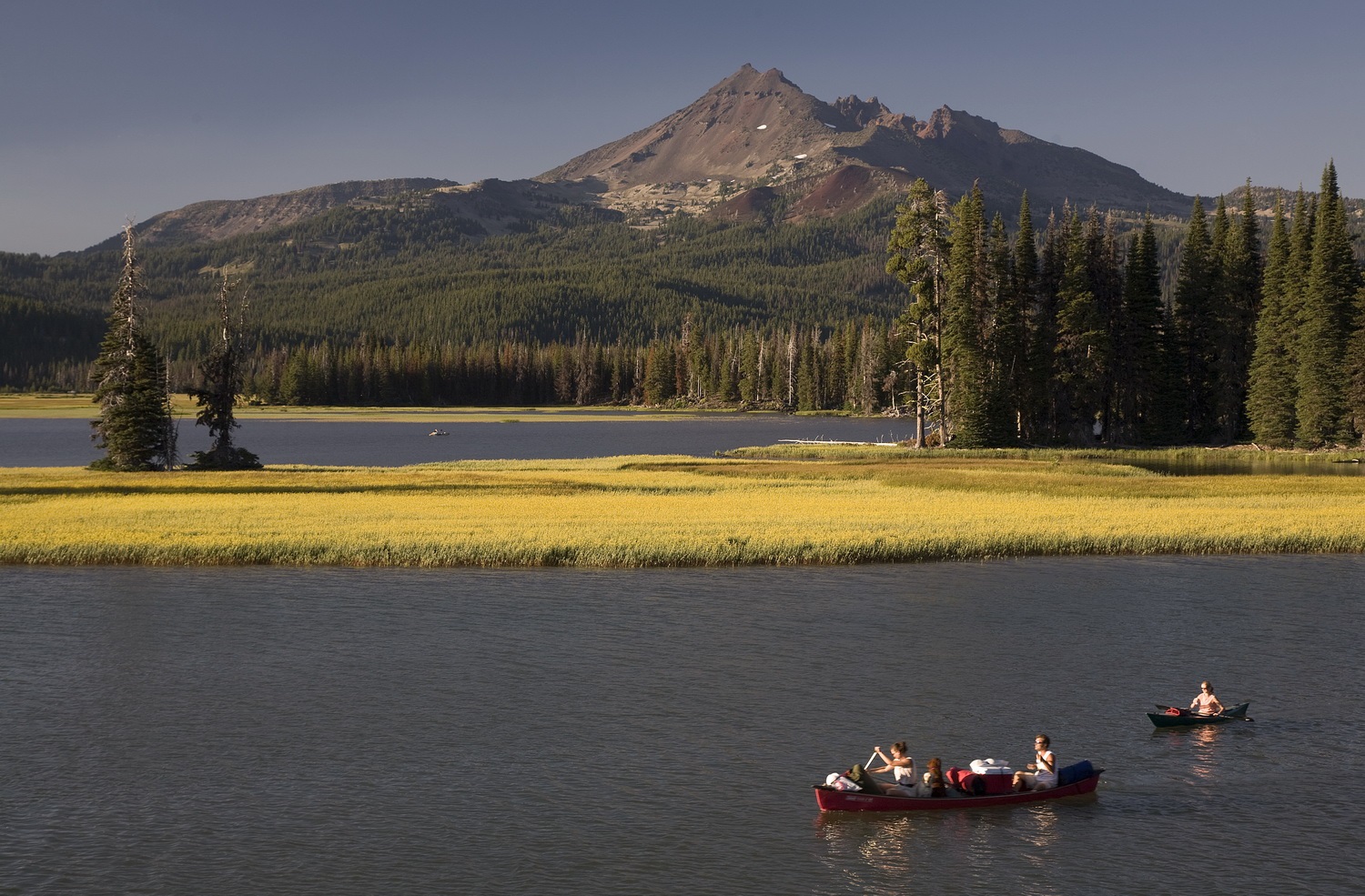Climate change is a major challenge in natural resource management, both because of the magnitude of potential effects and because of the uncertainty associated with climate change projections and effects. Adapting resource management to changing conditions is critical to reduce the vulnerability of key natural and human systems to negative climate change effects, and to ensure continued functionality of terrestrial and aquatic ecosystems in the future. Significant progress has been made in climate change vulnerability assessment and adaptation in natural resource management over the last decade, and key sensitivities and adaptation practices have emerged from these efforts. Here, we synthesize key climate change sensitivities and risk management practices for forest vegetation, non-forest vegetation, water and infrastructure, fisheries and fish habitat, wetlands and riparian areas, wildlife, and recreation.
How were these practices developed?
Climate Risk Management Practices are a distillation of information in the Climate Change Adaptation Library for the Western United States. The Library provides sensitivities to climate change and related adaptation strategies and tactics for different resource areas. It was derived from climate change vulnerability assessment and adaptation efforts conducted by Adaptation Partners, primarily in the Pacific Northwest, Northern Rocky Mountains, and Intermountain West regions. Science-management partnerships, including research scientists and natural resource specialists, are the foundation of all Adaptation Partners projects. Science-based climate change vulnerability assessments were conducted by teams of research scientists and managers, and adaptation options in the Library were developed by resource specialists during workshops convened to examine the vulnerability assessments. Adaptation Partners has elicited expertise on management responses to climate change from more than 1,300 land managers in the U.S. Forest Service, National Park Service, and other organizations throughout the western United States.
To develop Climate Risk Management Practices, a team of scientists compiled the most commonly suggested and scientifically-supported climate change sensitivities and practices (i.e., strategies and tactics) from the Library and its supporting literature. The sensitivities and practices for each resource area were then reviewed by a minimum of two resource managers from federal and state land management agencies in the western United States. Review comments were incorporated into the final Climate Risk Management Practices.
What is climate risk?
Generally speaking, risk is the chance (probability) of harmful consequences or expected losses resulting from the interaction between existing hazardous conditions triggered by an adverse event. Such an event often leads to disruptions to the normal functioning of communities, including adverse human, material, economic, and/or environmental effects that require emergency response to address immediate critical human needs, followed by external support for recovery. Climate change often leads to greater exposure to risks because of changing, unexpected or unpredictable natural conditions that may lead to dire outcomes. For example, uncharacteristic extreme heat and lack of precipitation may leave forests susceptible to insect infestation and wildfires where trees are not adapted to such conditions. This creates a vulnerability to climate effects. Climate risk management practices are designed to minimize the exposure to such risks by managing hazards, and thereby reducing the vulnerability of communities and landscapes and increasing their resilience.
How can these practices be used and applied?
Climate Risk Management Practices are intended to provide natural resource managers with ideas for concrete actions to minimize the risks associated with climate change. They are not an exhaustive list of possible climate-smart practices; rather, they can be used as a tool to help identify potential issues (sensitivities) and mitigating actions for particular locations and landscapes. They also identify where monitoring may be useful to inform management.
The sensitivities and practices are not applicable in all places and situations. Managers will need to carefully consider specific site characteristics and landscape context, as well as policies and regulatory requirements, in determining whether practices are appropriate. Some of these practices are already utilized (e.g., invasive plant practices are already required in all Pacific Northwest Region National Forests), but we list them here to support their use in a changing climate. Managers may also want to consider expanding their application or reprioritizing the locations where they are implemented using other tools and frameworks (e.g., National Watershed Condition Framework, legacy roads and trails program). Adequate funding and capacity will be required for implementation.
The effectiveness of these practices depends on many factors, including site conditions, timing, and climatic conditions at the time of and following implementation. Monitoring will help to determine effectiveness for varied conditions and settings. In some cases, pilot projects could test the practices and demonstrate the results on a small scale. If they are implemented at a large scale or as new operational procedures, effectiveness should be tracked and monitored consistent with an adaptive management strategy.
How are the practices organized?
Climate Risk Management Practices are organized by resource area (i.e., water and infrastructure, forest vegetation, non-forest vegetation, fisheries and fish habitat, wetlands and riparian areas, wildlife, and recreation). Within each resource area, key climate change sensitivities describe resource susceptibility to harm. Under each sensitivity, general practices are listed, followed by specific practices.
Download the entire document here. 
Links to each section online:
Hydrology, Water Uses, and Infrastructure Forest Vegetation Non-Forest Vegetation
Riparian Areas, Wetlands, and Groundwater-Dependent Ecosystems 


